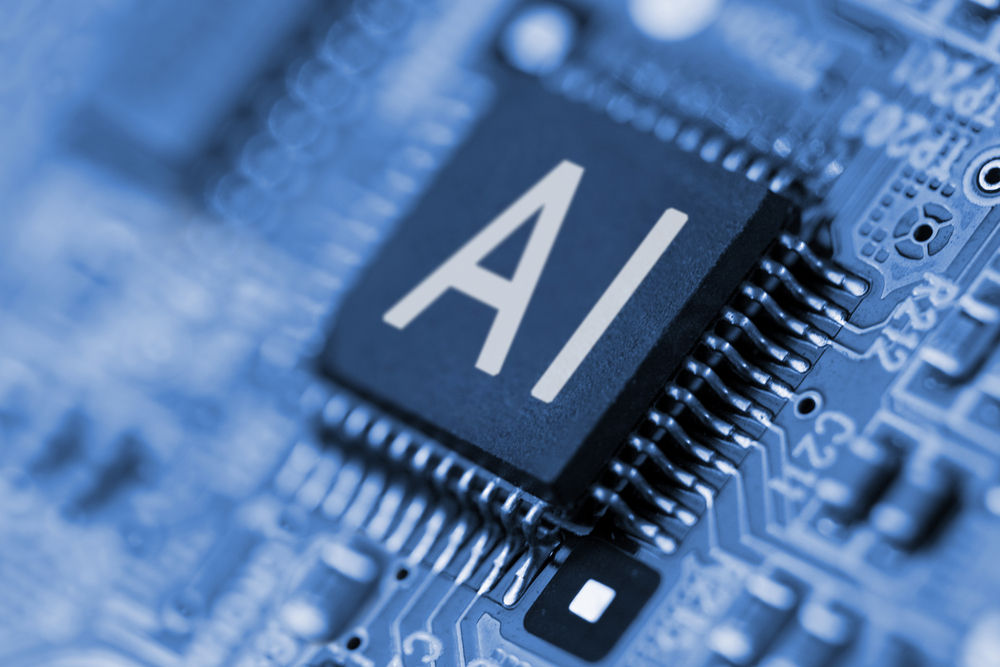Highlights:
- The Character Engine of Inworld employs the power of generative AI to generate fully-fleshed personalities for beings from text descriptions, which users can interact with as if they were real.
Inworld AI, a company that creates characters powered by artificial intelligence for video games and other applications, recently announced that it has secured new funding from Lightspeed Venture Partners to accelerate the development of its Character Engine.
The company remains tight-lipped about the total amount raised in this round because it is not finished raising capital. However, it has stated that it brings the total amount raised since its founding in 2021 to over USD 100 million. This includes its Seed round and Series A, which totaled approximately USD 70 million, meaning the company raised about USD 30 million. The new round increases the company’s valuation to over USD 500 million.
The Character Engine of Inworld employs the power of generative AI to generate whole personalities for beings from text descriptions, which users can interact with as if they were real. The company’s technology surpasses conventional large language model chatbots by allowing users to describe character histories, emotive relationships, knowledge bases, and interactive qualities. The system then utilizes this information to create an immersive emotional and expressive depth that depicts human-like behavior.
Developers may also link the avatars to 3D models and connect their brains to extremely expressive animation systems that can direct motions to mimic the whole range of human communication, including body language and gestures. Intelligent characters may even learn and adapt to manage relationships with emotional intelligence and recollect prior conversations.
Ilya Gelfenbeyn, Co-founder and Chief Executive, said, “The next generation of games will be judged by how immersive the experiences feel. The Inworld Character Engine offers a transformational shift that brings characters to life with realistic emotions and dialogue, adding richness to the stories and worlds they occupy.”
The promise of real-time artificial intelligence characters in video games has been the sacred pinnacle of gaming for decades, particularly for games with immersive storylines. Throughout most of gaming history, developers have used techniques to create cinematic allure to keep players within the game and give the impression that they are part of a living world populated by breathing, interactive characters. Using dialogue trees and scripted events, this is achieved.
With the addition of AI-powered speech capabilities, gaming entertainment can reach new heights. John Gaeta, Academy Award winner, and Chief Creative Officer at Inworld, said, “AI-driven characters are new magic. They will power a paradigm shift (a form of renaissance) in storytelling, and escapism, where the audience can transcend the role of passive viewer to active participant.”
The creation of AI characters can also be used to fuel interactive educational applications, such as AI instructors and tutors or public service agents that can deliver one-on-one experiences to assist users in gaining a deeper understanding of essential topics.
Recent examples include Wol, a creation of Niantic Inc. It is a small Northern Saw-whet owl that offers an augmented reality experience in educating mobile users about redwood forests. Powered by Inworld’s Character Engine, Wol is able to comprehend and respond to spoken queries from users, as well as tell quips and sing melodies based on its database of forest-related information. AI could bridge the divide between the classroom and the wider world by enabling teachers and students to interact with characters in this manner.





























































